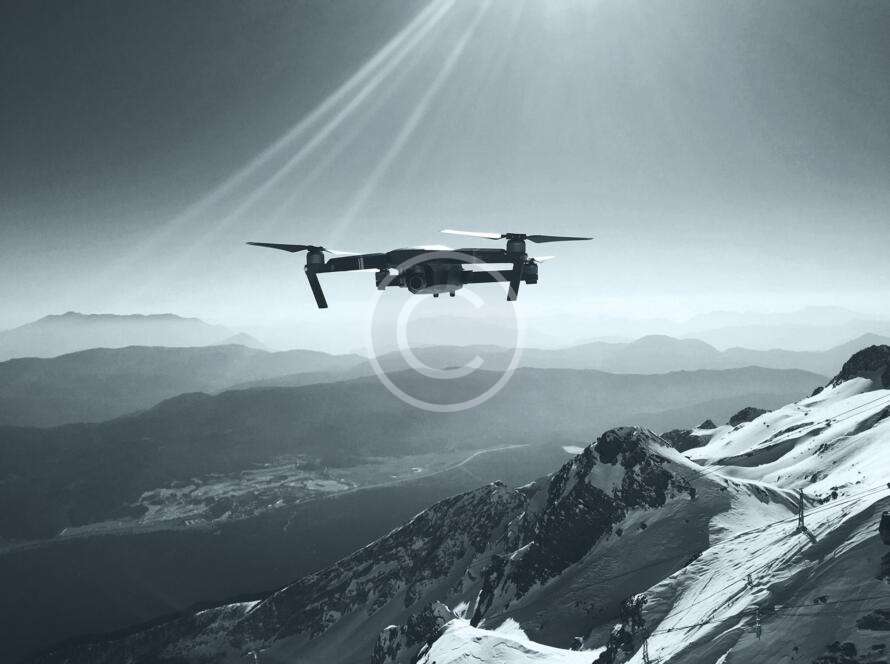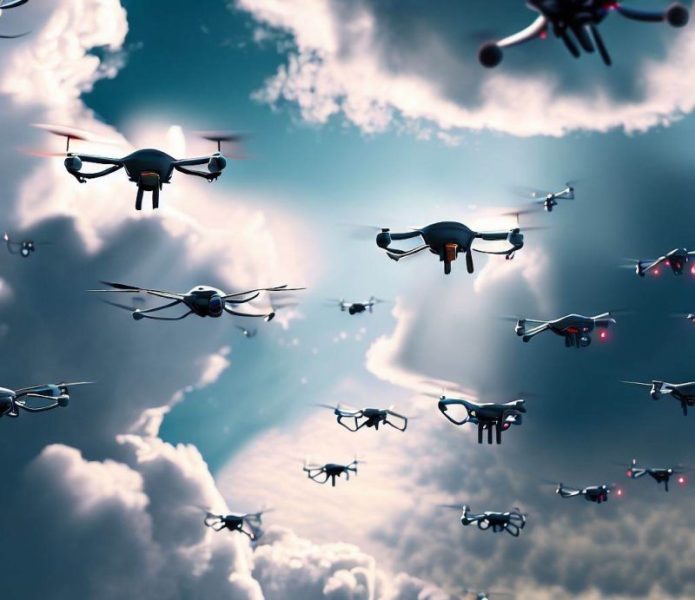The Evolution of Drone Technology: A Historical Overview
Drones, or unmanned aerial vehicles (UAVs), have transformed from rudimentary inventions into sophisticated tools used in various sectors, including military, commercial, and recreational applications. The history of drones spans over two centuries, marked by significant milestones that reflect technological advancements and changing societal needs.
Early Beginnings: 18th and 19th Centuries
- 1783: The First Unmanned Aircraft
The journey of drones began with the Montgolfier brothers, who launched the first unmanned hot air balloon. This event marked humanity’s initial foray into unmanned flight, demonstrating the potential for aerial exploration1. - 1849: Incendiary Balloons
The Austrian Navy utilized unmanned incendiary balloons to attack Venice. This early use of aerial vehicles showcased their military potential, albeit in a primitive form5.
World War I: The Birth of Military Drones
- 1917: Aerial Target Development
Britain tested the Aerial Target, a radio-controlled aircraft designed for target practice. Concurrently, the United States developed the Kettering Bug, an early unmanned torpedo. However, neither was used operationally during the war34. - Post-War Innovations
After World War I, advancements continued with inventions like the Hewitt-Sperry Automatic Airplane. These developments laid the groundwork for future UAV technology5.
Interwar and World War II Advances
- 1935: The Queen Bee
The British Royal Navy introduced the de Havilland DH82B “Queen Bee,” a radio-controlled aircraft used for target practice. This model is often regarded as one of the first modern drones, influencing the terminology surrounding UAVs14. - 1941: Radio Plane Innovations
Actor Reginald Denny invented the Radio Plane, which became a significant player in military training and target practice during World War II. His company produced nearly 70,000 target drones by 19524.
Cold War Era and Technological Maturation
- 1960s: Reconnaissance UAVs
Drones began to be deployed in reconnaissance roles during the Vietnam War. They were used extensively for surveillance and as decoys in combat scenarios35. - 1980s: Enhanced Military Applications
Israel’s development of UAVs for surveillance and reconnaissance significantly influenced modern warfare tactics. The RQ2 Pioneer drone emerged as a notable platform during this period14.
Modern Era: Commercialization and Regulation
- 1996: The Predator Drone
The introduction of the MQ-1 Predator marked a pivotal moment in drone history. Developed by General Atomics, it became synonymous with military drone operations due to its capabilities in reconnaissance and targeted strikes15. - 2006: Civilian Drone Regulations
The Federal Aviation Administration (FAA) began permitting UAVs in civilian airspace under specific regulations. This decision opened doors for commercial applications and recreational use, leading to a surge in drone popularity25.
Recent Developments and Future Outlook
- Technological Advancements
Modern drones are equipped with advanced features such as obstacle avoidance and intelligent tracking systems. Companies like DJI have revolutionized consumer drones with innovations that enhance usability and safety2. - Global Impact
Today, drones are utilized across various sectors including agriculture, real estate, and emergency response. Their versatility continues to grow as technology advances.
Conclusion
The history of drones illustrates a remarkable journey from simple unmanned balloons to complex aerial systems integral to modern life. As technology continues to evolve, drones will likely play an increasingly significant role across multiple domains, shaping how we interact with our environment and conduct operations worldwide.


